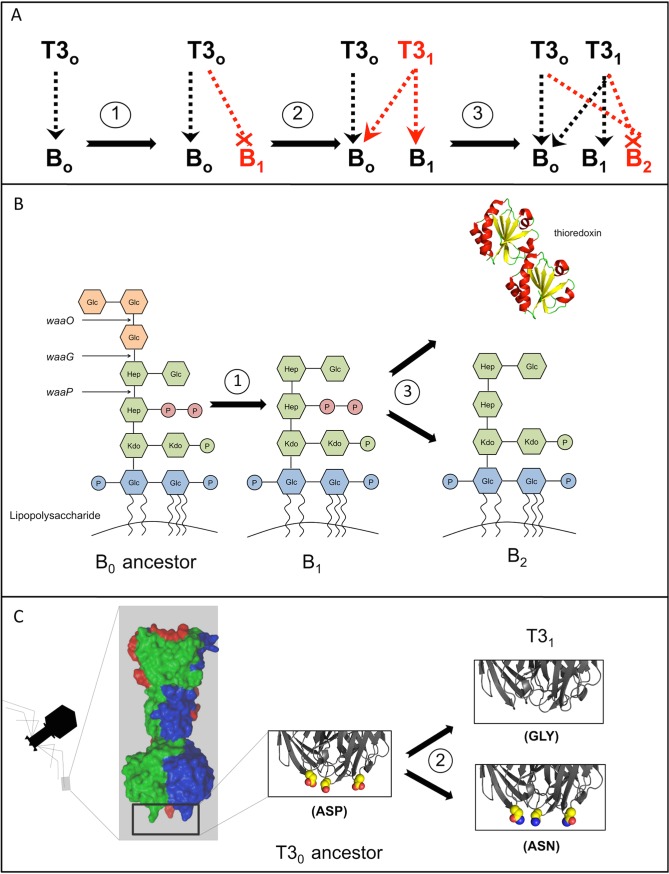Fig 1. Repeatable phenotypic and molecular changes occur through coevolution.
(A) A repeatable progression of phenotypic coevolution between Escherichia coli B and bacteriophage T3. New phenotypes are highlighted in red. Dashed lines with arrows indicate that a phage type is able to infect a bacterial type. Dashed lines with crosses indicate evolution of resistant bacteria. (B) Structural changes in LPS molecules on the bacterial outer membrane confer first-order resistance to phage. Second-order resistance can evolve through LPS or thioredoxin A (trxA) pathways. (C) Structural changes in the trimeric tail fiber protein enable phage to infect new hosts. Protein images were produced using PyMol and PDB entry 4AOU [24] and 2TRX [25].

